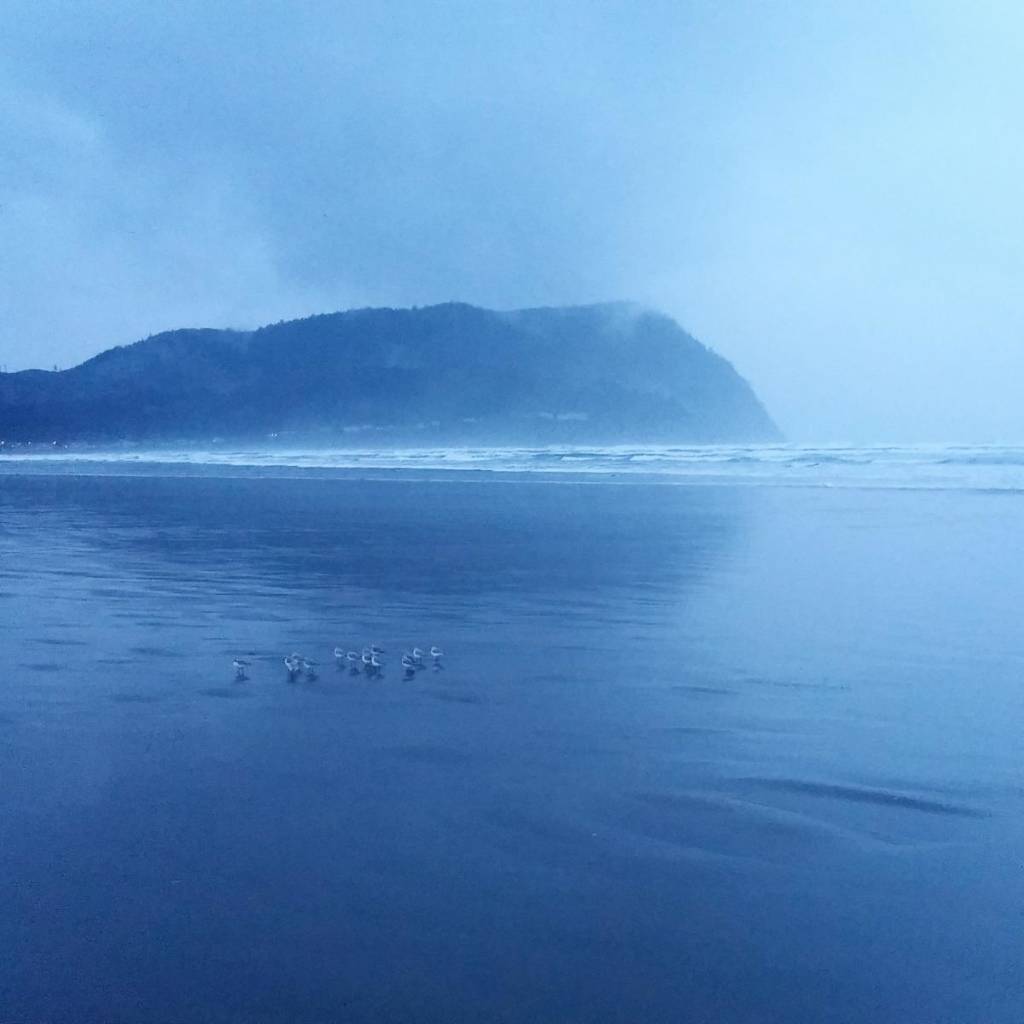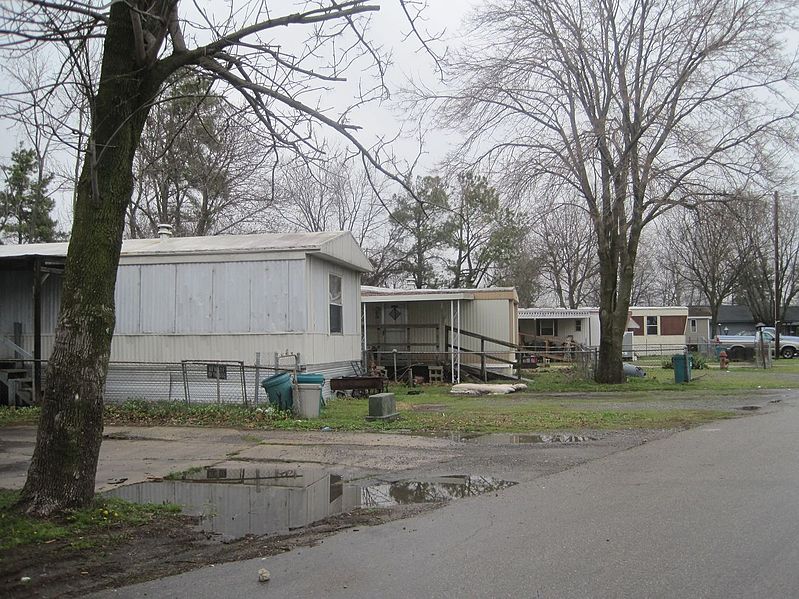I’m at an arts center in Brussels, waiting to see a movie and trying to look Belgian. Or at least not American. Or at least not like an American who’s here without purpose, floating through this city for a few days because, for the first time in many years, she happens to be in Europe. Because I know almost nothing about actually beingBelgian, though, my strategy is basically just to look bored. As if, like the other theatergoers, I’m here simply to support the arts festival that’s taking place, not cataloguing the hip crowd of people chattering around me in French and Dutch, nor analyzing their sensibly edgy way of dressing, nor contemplating the drizzling rain outside the wall of windows that covers the tourist pubs and designer clothing boutiques with a faint gray haze. As if everything is vaguely pleasing but ordinary. There’s something childlike both in my desire to hide and the belief that it is necessary and possible to do so, and I find myself wondering if the skittishness that comes over me when I travel is a version of what everyone feels when she is alone and in a foreign place, or if this feeling speaks to some larger weakness specific to me.
In House
The Hands That Touched It Last
Our flight to Boston had been delayed five hours for operational reasons, we were told. The Istanbul airport was hot and thick with people, a hectic crossroads from which we all hoped we’d escape, eventually. We’d been there three hours already—essentially nothing, judging by the quantity of sleeping bodies slumped against each other on the ground, splayed across chairs, face down on tables. We paced the warm corridors, sticky with traveler sweat, past the food court, mosque, flooded bathrooms, Victoria’s Secret. We slumped over a table eating savory pastries, watching others in similar states of surrender.
The Met Roof Garden: Is PsychoBarn a Transitional Object?
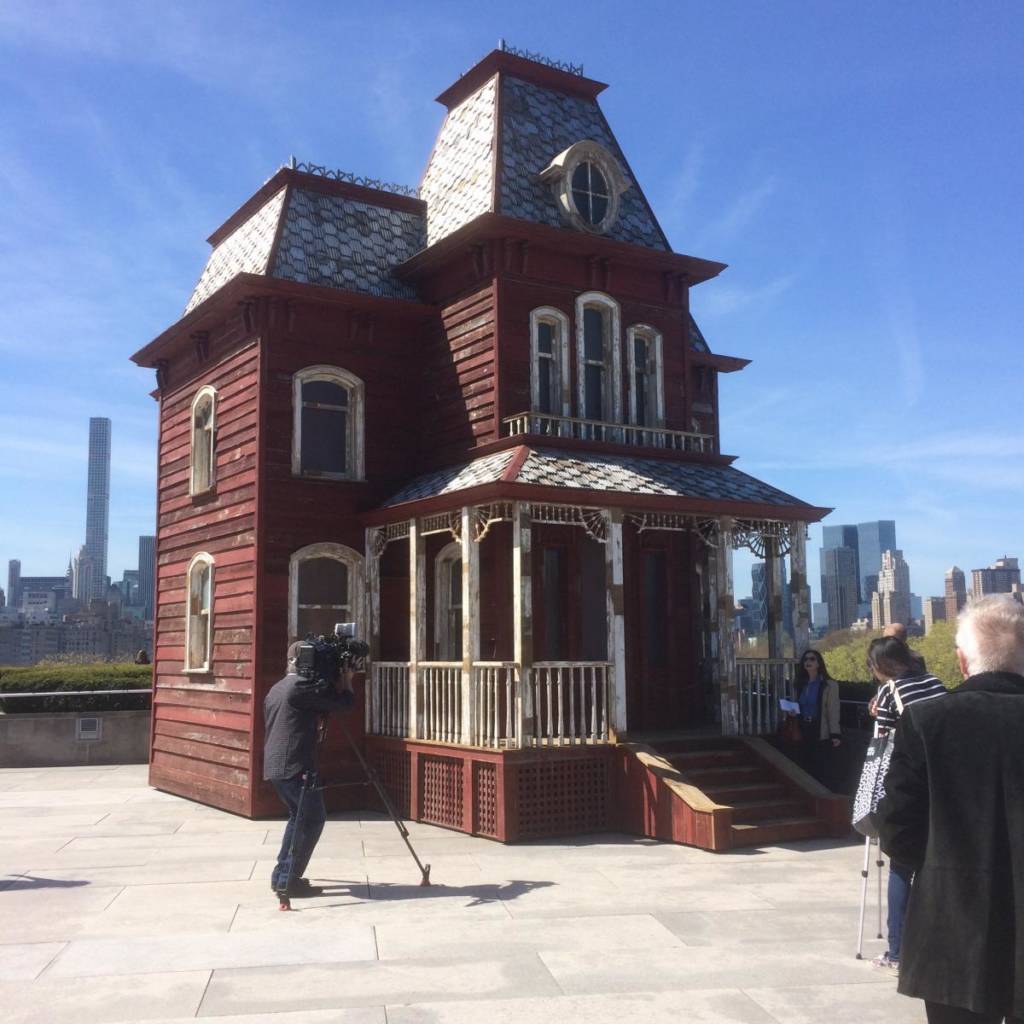
The Metropolitan Museum’s Roof Garden installation is an annual staged clash between the ephemeral and the permanent: a contemporary work that sits from April to November atop the Met’s neoclassical building, a Repository of Civilization, surrounded by the ever-mutating-yet-perennial New York City skyline.
This year’s installation, “Transitional Object (PsychoBarn)” by British artist Cornelia Parker, is a house—weathered, barn-red, clapboard, white trim, Second-Empire style with mansard roof, ironwork, and spindle-trimmed porch. Actually, not quite a house, a façade supported by scaffolding and using water tanks as ballast, though it looks quite real and solid. The red siding, corrugated tin roofing, and white trim were salvaged from a collapsed barn in Scoharie, N.Y. The specs call for the structure to stand up to a 100-mile-an-hour wind. On press preview day last month, it made its debut to blue sky and an acid-green display of new leaves and grass in Central Park.
A WOW! Experience
The trampoline park is a long windowless building of springy room-sized black boxes, filled with the dusty chemical smell of partially sanitized grime. Fluorescent light scatters down on us from the rafters, and toddlers shimmy along to Van Halen’s “Jump.” There is a pit of foam blocks, a row of basketball hoops low enough for children to make trampoline-assisted slam dunks, and a dodge ball court that I have rented with university funds for the amusement of my eighteen and nineteen-year old college students. We have been told by the trampoline park’s welcome email to expect “a WOW! experience” as well as the possibility of death, a known risk for which we cannot sue.
Snow
That Friday, in preparation for the storm, we leave work in the middle of the day. We fill our cars with gasoline, stock up on coffee and alcohol, check out books from the library, and then come home to peer out our windows and stare up at the sky. This is just snow—thin gray streaks of ordinary snow—but I can’t help it: I’m transfixed.
All night on the local news, the broadcasters glimmer with anticipation. More than a foot, they predict, maybe two. They roll through the highways in news vans while warning us to stay inside. They spend several minutes interviewing a woman about the plastic shovel she is standing in line to purchase. They have the happy unhurried look about them that newscasters often do in the days right before Christmas when they have been granted a reprieve from the stories of gunshots and house fires in order to report on Santa Claus and Christmas lights—a momentary pause in which none of us are asked to care about anything larger than what a child would see.
Salt and Light
Seaside, OR
Two days after my birthday, we drove over the coast range to Seaside. It was a Monday, and I’d taken off from work, knowing I’d need a recovery day after the party that had lasted from Saturday afternoon till Sunday morning. Some might think that lazy or irresponsible; I think it’s just knowing yourself.
The weather had been sunny when we left our place in Newberg, a small town south of Portland in the Oregon wine country, but by the time we started up into the steep ridges separating the Willamette Valley from the ocean, the rain had started, which wasn’t a surprise, as it had already been one of the rainiest winters on record: in December there had been 25 straight days of rain, which is in the ballpark of 40 days and 40 nights. Jane took a nap, while I drove squinting through the water-blurred windshield. I always teased her about being able to fall asleep anywhere, and I smiled now at how peaceful her face was while I guided our 25-year-old Pathfinder—which we’d bought from a towing company for 500 bucks after it had been abandoned in downtown Eugene—along this curving road lined by 200-foot-tall fir trees growing up from the slopes below.
Linefork: In Proximity to a Movie in the Making
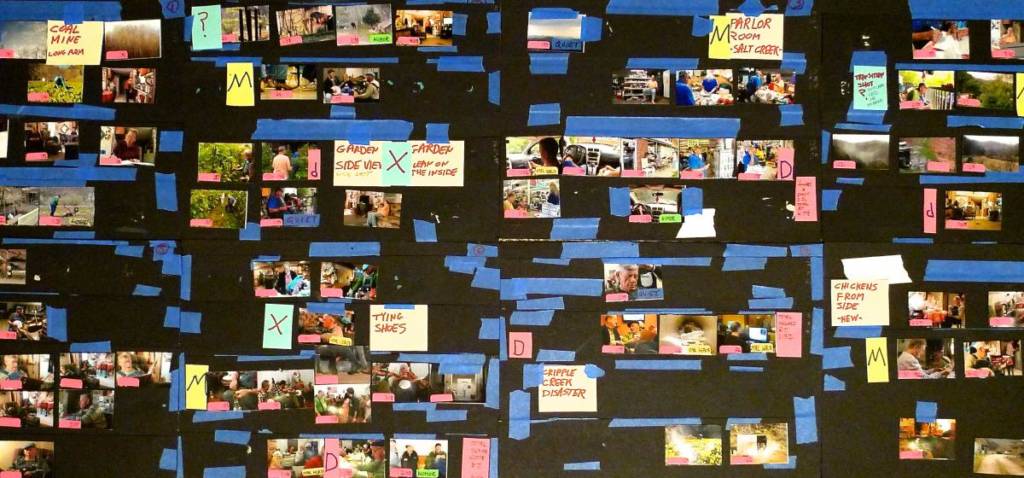
A familiar sound comes from the other room. A voice—from Kentucky; from a monitor speaker, ten feet away in Massachusetts. I hear it in the kitchen. A clip of speech, a cadence heard again and for not the last time. Open floor plan living: all sounds permeate. Racket of chickens, dogs, lilting voice, banjo.
A film, incomplete—still very much its audio-visual pieces. We cohabitate, this thing and I. I am not the maker, though he lives here too. I am adjacent to the making.
I was there when it happened. The beginnings of this thing that has now sprawled through our lives. That was three years ago, on a summer road trip from Boston to points south, stopping to see friends in Charlottesville, Nashville, Memphis, before making our way back north.
Thanksgiving in Southern Illinois
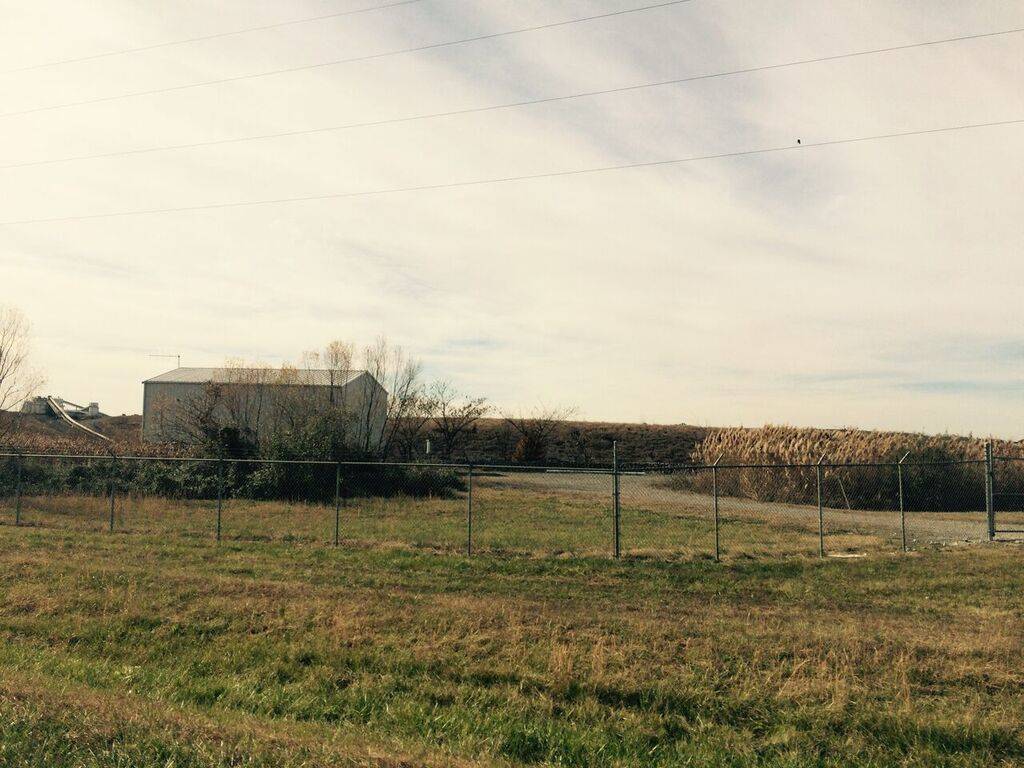
My sister lives in southern Illinois in a town of about 15,000 people called Mt. Vernon, a small town surrounded by acres of empty fields, harvested and shaved bare for the winter. In the villages on either side of the town, mini oil drills bob up and down in the front lawns of small houses and most of the bars have posters tacked to their doors that say “Hunters Welcome” in safety-vest orange. Mt. Vernon itself, though, sits at the intersection of highway 64 and highway 57, and the scenery is often what you’d expect to find at any other small-town stop on a road trip across the middle of the country: hotels, gas stations, fast food, two Mexican restaurants, a Kroger grocery store with a solemn pledge of good service stenciled on the glass window above the shopping carts.
On Display
In the cabinet in the atrium outside my office is a glass display case that holds, among other things, a beautiful kidney shaped vessel, its patina smoothed by use. Label: “Brass Pus Basin.” It is an object to stand and stare down at for a while, intentionally or idly, to move on from and return to, to see in passing. Nearby, as part of an exhibit on bloodletting and cupping, are 18th- and 19th-century thumb lancets with their sharp little blades and tortoiseshell and mother-of-pearl handles. In the next case over, a collection of 40 or so calculi (“bladder stones”) of varied size and shape, all disturbingly large. This is the Warren Anatomical Museum, at Harvard Medical School’s Countway Library, where “the dead teach the living.”
Trailer Days
The town was segregated, not by laws but by economics. The lines were almost too stark. The northeast side of town was the “black side of town” while the southwest side of town, the farthest away from northeast, was the well-to-do, upper-middle-class “nice neighborhood.” The truly well off lived outside city limits in large homes built along cul-de-sacs in the middle of hardwood forests. I lived in the giant trailer park north of town, just across the railroad tracks from the NE housing projects.
It had nearly 400 trailers, a hamlet of tin cans. The trailers were singlewides, mostly from the 60s and 70s, and placed close together with small patches of grass between. They were set on concrete pads and anchored with “tornado straps,” metal bands bolted into the ground. It was a cheap place to live. A guy I worked with at Domino’s Pizza had lived there and sold his trailer to me and my friend Jon for $2,000. Lot rent was $100 a month, including water and trash.
